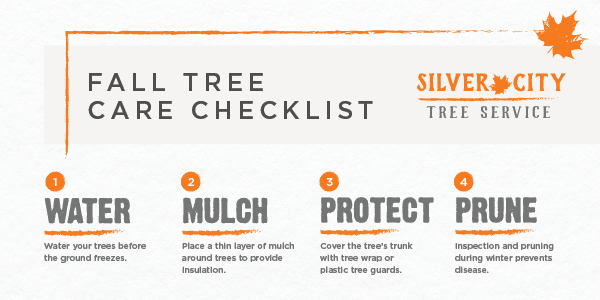Post-Tree Elimination Therapy: Efficient Methods For Landscape Repair
Post-Tree Elimination Therapy: Efficient Methods For Landscape Repair
Blog Article
Personnel Writer-Franks Chambers
After a tree's removal, your landscape might look quite different, and it's essential to examine the aftermath carefully. You'll want to assess the soil disruption and inspect bordering plants for any indications of stress and anxiety. Neglecting these aspects can bring about bigger issues down the line. So, what should you do with those stumps and origins? And how do you choose the most effective plants for your revitalized area? Let's check out these vital actions.
Analyzing the Aftermath: Evaluating Your Landscape
After a tree removal, it's important to examine your landscape to recognize the effect it has on your lawn.
Beginning by analyzing the area where the tree stood. https://cesarxoful.blogoxo.com/35459098/the-critical-function-of-tree-stump-removal-in-maintaining-your-residential-property-and-just-how-to-do-it-effectively of dirt disruption, and check the bordering plants for any type of stress or damages.
You ought to additionally remember of just how the elimination has altered sunshine direct exposure and air flow in your garden. This shift can impact the growth of neighboring plants, so it's essential to review their health and wellness.
Think about the visual aspects too; the elimination might develop an open space that you can upgrade.
Finally, think about any kind of prospective erosion issues that may arise from the tree's absence. Dealing with these factors early will assist bring back equilibrium to your landscape.
Managing Stumps and Origins: Options for Removal
When you have actually examined the results of the tree removal, you'll likely need to tackle the stump and origins left behind.
You have a few alternatives for removal. One reliable method is stump grinding, where a specialist utilizes an equipment to grind the stump down to underground level. This strategy leaves minimal disruption to your landscape.
If you choose a do it yourself technique, you can use a mix of digging and chemical stump cleaners. Just bear in mind, this process can take time and initiative.
Additionally, think about leaving the stump as an all-natural feature, which can act as an unique yard component or habitat for wild animals.
Whatever mouse click the up coming document pick, dealing with the stump and roots is crucial for restoring your landscape.
Picking the Right Plants for Your New Space
As you evaluate your recently removed area, choosing the right plants can considerably enhance your landscape's charm and functionality.
Begin by thinking about the sunlight and dirt conditions. For sunny locations, opt for drought-resistant plants like lavender or succulents. In shaded areas, brushes and hostas flourish well.
Consider the dimension and development practices of your plants; mix perennials and annuals for seasonal variety. Don't fail to remember to incorporate native types; they need less maintenance and support local wildlife.
Group plants in weird numbers for a more natural look and produce layers for aesthetic depth.
Ultimately, guarantee you have a mix of shades and textures to keep your landscape vibrant throughout the periods.
Pleased growing!
Conclusion
In conclusion, recovering your landscape after tree removal is a fulfilling procedure. By analyzing Cheapest Tree Removal , attending to stumps and roots, and selecting the right plants, you'll produce a growing setting. Don't fail to remember to include disintegration control actions to protect your dirt. With a little effort and care, you can transform your room into a lively garden that enhances your home. Welcome the possibility to renew your landscape and delight in the elegance of nature right in your backyard!
